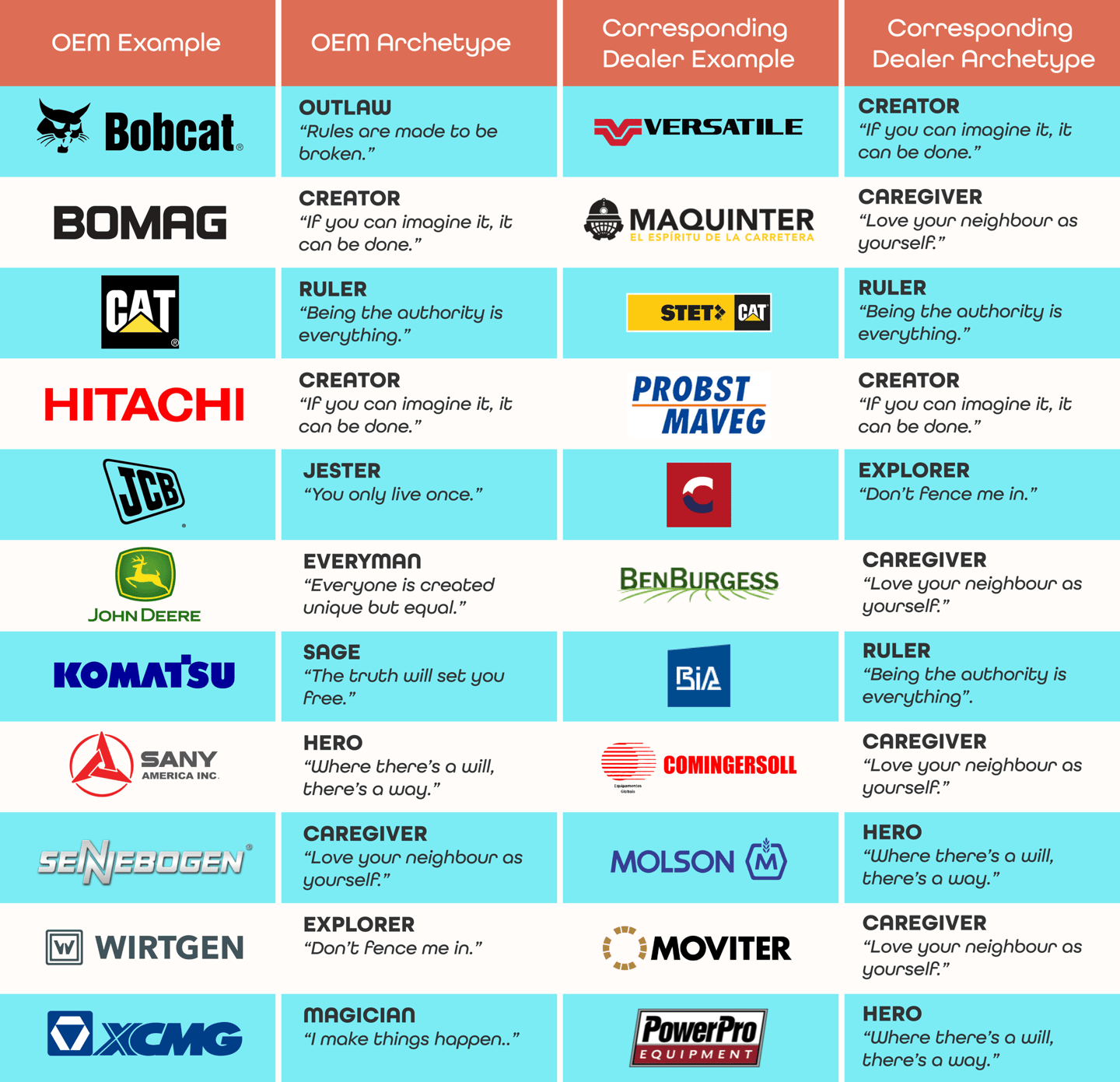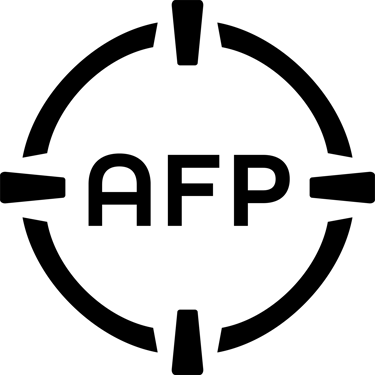OEM Vs. Dealer Brand Identity: Are You Frustrating Your Customers?
If the OEM and dealer archetypes frequently contradict, the brand goal of consistent, predictable behaviours may be more difficult to achieve.
Rui Lapa
4/4/20235 min read


As a follow-up to my previous two posts about Brand Identity = Measurable, Scalable Behaviours (Part 1 and Part 2), I would like to quickly highlight a problem that could affect both dealers and original equipment manufacturers (OEMs).
We work hard to make our brands stand out to our customers, and the more a dealer and an OEM can work together, the better. Although some archetypes are more inclined to work well together, every organisation is different and typically embodies one dominant archetype along with components of several others. While various archetypes may clash, they can also function in complementary ways.
If the OEM and dealer archetypes frequently contradict, the brand goal of consistent, predictable behaviours may be more difficult to achieve. Depending on the circumstances and environment, the 12 Jungian archetypes can interplay in a variety of ways. However, the following combinations demonstrate both potential matches and mismatches:
Matching examples
The Sage and the Explorer complement one another nicely since they both value wisdom and knowledge. While the Explorer seeks knowledge through firsthand experience, the Sage seeks understanding through research and reflection. They can strengthen each other’s weaknesses and widen their customer engagement by working together.
The Caregiver and the Innocent also complement each other effectively since they both value nurture, compassion, and empathy. The Innocent conveys a sense of clarity and optimism, whereas the Caregiver offers support and guidance for customers. They may foster a safe atmosphere for one another and for customers by working together.
Mismatched examples
The Ruler vs. the Rebel: The Ruler archetype is concerned with upholding order and control, whereas the Rebel archetype is all about breaking the rules and defying control. Because the Ruler wants to maintain the status quo and the Rebel wants to change it, these two archetypes might easily collide.
The Sage vs. the Innocent: The Sage is concerned with truth, wisdom, and understanding, while the Innocent is focused on simplicity, knowledge, and optimism. Because the Innocent is pleased with the world as it is and the Sage is constantly looking to learn more and understand the nuances of life, these two archetypes may clash.
Without insinuating any relationship pros or cons, below are some examples of OEM and corresponding Dealer brand identities. Advantages arise when the dealer and OEM give their best effort to make sure that their most important customer-focused behaviours are complementary. Examples are based on digital presence and web research and are for explanation only.
Key takeaways
OEMs and dealers should align their customer-focused behaviours
OEMs and dealers with compatible archetypes may find it easier to establish a consistent brand identity.
OEMs and dealers with potentially mismatched archetypes should agree on a regional brand identity to avoid customer frustration.
Note:
The respective OEM entities or their affiliates own all brands, dealer names, and original equipment manufacturer (OEM) references. Active Focus Point only uses these terms as a reference and does not intend for them to imply affiliation with or endorsement by the entity.
The goal is to make sure customers clearly know what they can regularly expect from the OEM's and the dealer's combined brand identity.




As a follow-up to my previous two posts about Brand Identity = Measurable, Scalable Behaviours (Part 1 and Part 2), I would like to quickly highlight a problem that could affect both dealers and original equipment manufacturers (OEMs).
We work hard to make our brands stand out to our customers, and the more a dealer and an OEM can work together, the better. Although some archetypes are more inclined to work well together, every organisation is different and typically embodies one dominant archetype along with components of several others. While various archetypes may clash, they can also function in complementary ways.
If the OEM and dealer archetypes frequently contradict, the brand goal of consistent, predictable behaviours may be more difficult to achieve. Depending on the circumstances and environment, the 12 Jungian archetypes can interplay in a variety of ways. However, the following combinations demonstrate both potential matches and mismatches:
Matching examples
The Sage and the Explorer complement one another nicely since they both value wisdom and knowledge. While the Explorer seeks knowledge through firsthand experience, the Sage seeks understanding through research and reflection. They can strengthen each other’s weaknesses and widen their customer engagement by working together.
The Caregiver and the Innocent also complement each other effectively since they both value nurture, compassion, and empathy. The Innocent conveys a sense of clarity and optimism, whereas the Caregiver offers support and guidance for customers. They may foster a safe atmosphere for one another and for customers by working together.
Mismatched examples
The Ruler vs. the Rebel: The Ruler archetype is concerned with upholding order and control, whereas the Rebel archetype is all about breaking the rules and defying control. Because the Ruler wants to maintain the status quo and the Rebel wants to change it, these two archetypes might easily collide.
The Sage vs. the Innocent: The Sage is concerned with truth, wisdom, and understanding, while the Innocent is focused on simplicity, knowledge, and optimism. Because the Innocent is pleased with the world as it is and the Sage is constantly looking to learn more and understand the nuances of life, these two archetypes may clash.
Without insinuating any relationship pros or cons, below are some examples of OEM and corresponding Dealer brand identities. Advantages arise when the dealer and OEM give their best effort to make sure that their most important customer-focused behaviours are complementary. Examples are based on digital presence and web research and are for explanation only.
Key takeaways
OEMs and dealers should align their customer-focused behaviours
OEMs and dealers with compatible archetypes may find it easier to establish a consistent brand identity.
OEMs and dealers with potentially mismatched archetypes should agree on a regional brand identity to avoid customer frustration.
Note:
The respective OEM entities or their affiliates own all brands, dealer names, and original equipment manufacturer (OEM) references. Active Focus Point only uses these terms as a reference and does not intend for them to imply affiliation with or endorsement by the entity.
The goal is to make sure customers clearly know what they can regularly expect from the OEM's and the dealer's combined brand identity.


